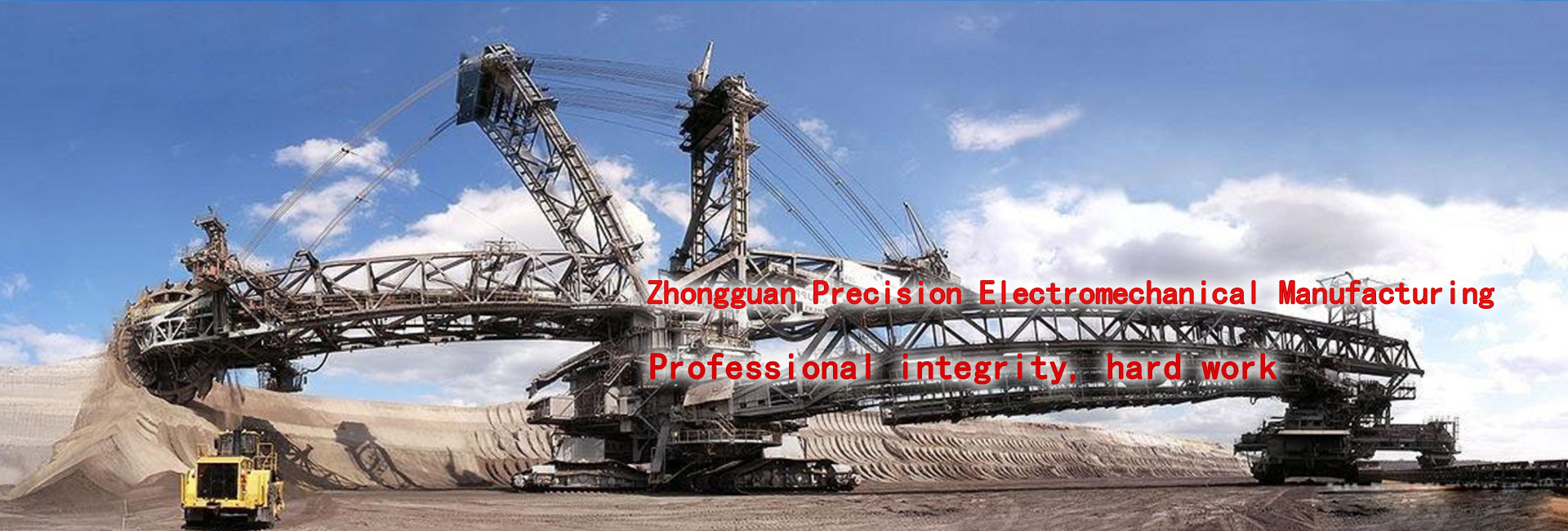ZG Sound and Light Alarm(Audible and visual
Alarm) also calledSound and Light Siren is designed to meet customer specific requirements for alarm loudness and installation location. At the same time, both sound and light alarm signals are emitted. Product-specific fieldsSteel metallurgy, telecom towers, cranes, construction machinery, port terminals, transportation, wind power, ocean-going vessels, etc.; An accessory product in the system.
Sound and light alarm(also called sound and light siren) is a An alarm signal device used in dangerous places to send warning signals to people through sound and various lights. Explosion-proof sound and light alarm Applicable to installations in explosive gas environments with Class II T6 temperature groups, and also for explosion protection in petroleum, chemical and other industries. The required explosion-proof areas in Zone 1 and Zone 2 can also be used outdoors or outdoors. Non-coding type can be used with any manufacturer at home and abroad Fire Alarm ControllerUsed. When an accident such as an accident or fire occurs at the production site, the control signal sent by the fire alarm controller activates the sound and light alarm circuit to emit an audible and visual alarm signal to complete the alarm. It can also be used together with the manual alarm button to achieve simple sound and light alarm purposes. Explosion-proof products shall meet the requirements of GB3836 series standards (satisfying GB3836.1-2000 "General requirements for explosion-proof electrical equipment for explosive atmospheres" and GB3836.2-2000 "Explosion-proof electrical equipment for explosion-proof electrical equipment" "d"" standard) The national designated testing agency has identified and obtained the explosion-proof certificate. The alarm housing is made of stainless steel, the lamp housing has strong impact resistance, 180 clear and super bright LED tube, equipped with super buzzer, stable operation, long service life, low power consumption, free from pollutants. And the effects of water and other characteristics.
installation method
The sound and light alarm consists of a detector and an alarm control host. It is widely used in the petrochemical industry where there are toxic gases such as petroleum, gas, chemical, oil depots, etc. It is used to detect the leakage of dangerous places indoors and outdoors, which is to ensure production and personal safety. Important instrument. When there is a toxic gas in the tested place, the detector converts the gas signal into a voltage signal or a current signal and transmits it to the alarm meter. The instrument displays the percentage concentration value of the lower limit of the toxic gas explosion. When the concentration of toxic gas exceeds the alarm set value, an audible and visual alarm signal will be generated, and the on-duty personnel will take safety measures in time to avoid the occurrence of a blasting accident.
1. Precautions when applying
Once the fixed installation of the sound and light alarm is in place, its position is not easy to change. The following points should be considered for specific applications.
(1) Find out the possible leak points of the devices to be monitored, analyze their leakage pressure, direction and other factors, and draw the probe position distribution map, according to the severity of the leakage into three levels I, II, III.
(2) According to the specific factors such as airflow direction and wind direction of the site, determine the leakage direction of toxic gas when a large amount of leakage occurs.
(3) According to the density of the leaking gas (greater or smaller than the air), combined with the trend of air flow, integrated into a three-dimensional flow trend diagram of the leak, and an initial set point scheme is made at the downstream position of the flow.
(4) Study whether the leakage state of the leak point is a micro leak or a spray. If it is a micro leak, set the position of the point close to the leak point. If it is a jet leak, it should be slightly away from the leak. Based on these conditions, a final set-up plan is drawn up. In this way, the quantity and variety that need to be purchased can be estimated.
(5) For places where there is a large toxic gas leak, a test point should be set for each distance of 10-20m according to relevant regulations. For small, non-continuously operating pump rooms that are unattended, attention should be paid to the possibility of toxic gas leakage. Generally, a detector should be installed at the downwind.
(6) For places with hydrogen leaks, the detector should be installed on the plane above the leak point.
(7) For media with a gas density greater than air, the detector should be mounted on a lower surface below the leak point, and pay attention to the surrounding environment. Special attention should be paid to the setting of safety monitoring points for places where toxic gases are easily accumulated.
(8) For open toxic gas diffusion and escape environment, if there is no good ventilation condition, it is easy to make the toxic gas content in a certain part of the air close to or reach the lower explosion limit concentration. These are safety monitoring points that cannot be ignored. . According to the analysis of on-site accidents, more than half of them were caused by incorrect installation and calibration. Therefore, it is necessary to introduce the correct precautions for installation and calibration to reduce malfunctions.
Wenzhou Zhongguan Precision Electromechanical Manufacturing Co., Ltd.
